Lesson 1: Story telling as an Oral History
Grades: 3 – 5
Outcomes:
- Students will know about Aboriginal culture, traditions, and connections to the land.
- Students will understand the importance of oral story telling to Aboriginal peoples.
First Peoples’ Principles of Learning:
- Learning is experiential and relational
- Learning is embedded in memory, history, and story
Brief Description: This lesson introduces students to oral story telling of the Sq’éwlets people through the story of Th’owxeya (the cannibal woman). Students will learn the traditions around oral story telling and make connections to the local environment.
Sequence of Activities:
- Have students share with elbow partners the names of some of their favourite stories. Why is that your favourite story? What is it about?
- Using maps of local areas or Google Earth, come to focus on the Fraser Valley where the Harrison River meets the Fraser River. Note this as the traditional lands of the Sq’éwlets community, who are part of the larger Stó:lō Nation. Both Sq’éwlets and Stó:lō people refer to the Fraser Valley as S’ólh Téméxw, or their world. Today we are going to learn a story that takes place within S’ólh Téméxw.
- Switch to the website map of the local area. Find the land of the Sq’éwlets, who refer to themselves in myth as Sqwōwich, People of the Sturgeon. Note how they are part of the Stó:lō S’ólh Téméxw. You can click the different names to hear the pronunciations.
- Move to the main page of the Sqwélqwel, or “true news.” There is an overview of how oral stories connect people to their ancestors and their land.
- Have students listen to the story of Th’owxeya (The cannibal woman).
- Listen through the first part of the video as Gwen Point describes where this story came from (told to her by her Grandmother, learned it when she was young and now she tells it to others). These stories represent a history that is passed from generation to generation.
- Listen through the rest of the story. Have students share with elbow partners their favourite parts of the story. What connections can we make to the story? Share out.
- Have students tell you about the three different places in the story (lying by the river on the rocks, climbing up the mountain, inside the cave). Give students a sheet of paper with three sections (similar to a comic strip). Replay the video. As students listen this next time, their job is to draw each of these three environments. Have them add as much detail as possible (e.g., flat rocks to lie on, all the trees making the mountain dark, pitch from the trees, mosquitoes flying around the cave and fire lights, etc).
- Have students in small groups use their pictures to practice retelling the story of Th’owxeya. Note that it is important to practice retelling the story so that you can share the story with others.
- Return to the map of the local area. From this story, what have we learned about the environment of the Sq’éwlets people?
- Assessment: Have students complete a written response answering the following question: How do Sq’éwlets stories connect people to the land? Use examples from the story of Th’owxeya.
- Finish the lesson by having students share (with the whole class or with elbow buddies) how they are connected to their local environment.
Possible Extensions: An additional story to share with students would be the story of Mimoux. What other stories teach us about the animals and the environment?



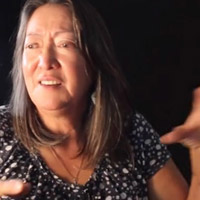 Lesson 1:
Lesson 1: Lesson 2:
Lesson 2: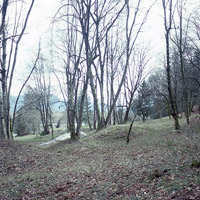 Lesson 3:
Lesson 3: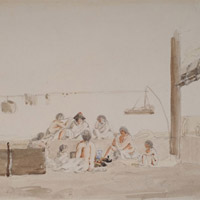 Lesson 4:
Lesson 4: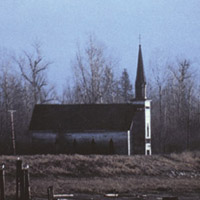 Lesson 5:
Lesson 5: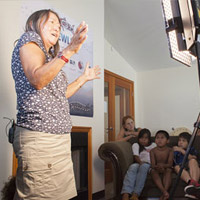 Lesson 6:
Lesson 6: